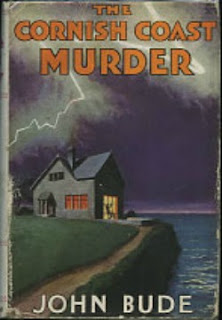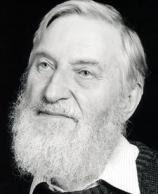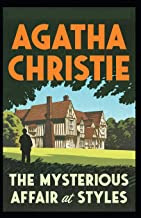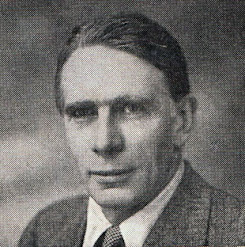Bude’s talent for detective fiction is now entertaining new readers
 |
| The British Library Crime Classics edition of The Cornish Coast Murders |
Bude (Elmore) died on 8 November 1957, 64 years ago today, having celebrated his 56th birthday four days previously.
Fifty-seven years later, The Cornish Coast Murder, was reprinted by the British Library in their Crime Classics series.
In his introduction to the revived novel, which came out in 2014, author Martin Edwards writes that the original print run of the novel in 1935 was very small and there was no paperback edition. Skeffington, the original publisher, sold mainly to libraries, so a first edition of the novel would be extremely valuable, if such a book were still in existence. ‘This is partly due to the sheer scarcity of the novel, but also to the fact that in recent years Bude’s work has been increasingly admired, and correspondingly more sought after by collectors,’ Edwards says.
Bude’s writing style is relaxed and easy to read, and his characters and settings are perhaps more realistic than those of his contemporaries. This could be because he had already written three fantasy novels in his own name of Ernest Elmore, so The Cornish Coast Murder was not a debut novel.
When the novel was first published it was not nearly so common for writers to put their detective stories in recognisable settings that they described in detail and the fact that the crime scene takes place on the coast facing the Atlantic is important to the story. The sea and the cliffs are very well described throughout the novel.
 |
| The Cornish Coast Murder was originally published in 1935 |
The book begins with the Vicar and the local doctor, Dr Pendrill, relaxing after their weekly dinner and going through a box of books that has just been delivered to them. They are both avid readers of detective fiction and take it in turn to choose books that they will both read and then discuss.
The box contains an Edgar Wallace, the new J.S. Fletcher, a Farjeon, a Dorothy L. Sayers and a Freeman Wills Croft. Also, in the words of the Vicar: ‘And my old friend, my very dear old friend, Mrs Agatha Christie. New adventures of that illimitable chap, Poirot, I hope. I must congratulate you Pendrill, you’ve run the whole gamut of crime, mystery, thrills and detection in six volumes.’
When one of his parishioners is shot dead through the window of his sitting room, the Vicar is keen to be involved in the investigation.
At one point he sits with Inspector Bigswell discussing the crime and is thrilled that his theories are being considered by the detective. ‘Never, even in his most optimistic moments had he visualised a scene of this nature, himself in one arm chair, a police officer in another, and between them…a mystery.'
But when the Vicar and the Inspector finally track the culprit down and solve the mystery, the clergyman is saddened by the experience and tells his friend, the doctor, that he cannot stomach any more detective fiction at the moment.
Bude was a games master, before becoming a theatre stage manager. He used to write in his spare time, while waiting about in dressing rooms. He was also a founder member of the Norfolk-based British Crime Writers’ Association.
He died in Hastings, in Sussex.
The Cornish Coast Murder is available from or












